Journal of Vascular Nursing Volume 17, Issue 1, March 1999, Pages 17-23
Abstract
For the purpose of providing a summary of current clinical trials to determine whether povidone-iodine is beneficial or detrimental to wound healing, an integrated review was completed. Clinical trials were defined as any study that uses some concentration and form of povidone-iodine in a comparison or evaluation with other products or treatments resulting in an impact of povidone-iodine on wounds. The use of povidone-iodine for cleansing, irrigating, and dressing wounds is controversial. Wound healing is complex and requires safe and effective treatment modalities. Numerous in vitro and in vivo studies have been done with conflicting results on bactericidal effects and cytotoxicity of this antimicrobial agent. Human and animal in vivo studies in the last 10 years were used for this review because often the relevance of in vitro data in clinical conditions are questioned. The varied studies provide evidence that in most instances, povidone-iodine did not effectively promote good wound healing; in fact, most studies showed either impaired wound healing, reduced wound strength, or infection.
CONCLUSIONS
A review of the literature has shown reasonable evidence to question the benefits of povidone-iodine in wound healing. Even though the number of subjects is small, the purpose of the studies was very different, which provides evidence that in most instances, povidone-iodine did not effectively promote good wound healing. In fact, 8 of the 10 studies showed either impaired wound healing, reduced wound strength, or infection in open wounds treated with povidone-iodine. The 2 remaining studies showed povidone-iodine to be more successful than sil- ver sulfadiazine in the treatment of bum wounds, which are so different from other wounds that specific methods of treatment should be researched separately. When selecting treatment, the type and characteristics of the wound and the subject's immune response must be considered. From the evidence presented in this review, povidone-iodine may be deleterious to the wound. Proper cleansing with a phys- iologically compatible agent such as normal saline, elimination of mechanical trauma and pressure, and providing a moist wound environment should be the treatment of choice for good wound care after treatment of the underlying condition and removal of necrotic tissue has been accomplished. Guidelines from experts in skin and wound care promote this type of treat- ment and discourage the use of povidone-iodine as a result of its cytotoxic effects to normal tissues. In addition, iodine toxicity from the use of povidone-iodine in open wounds must be con- sidered. Further studies of the interactions of povidone-iodine, bacteria, and the immune system are needed to determine whether clinical situations exist in which the use of povidone- iodine is beneficial.


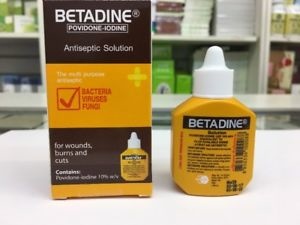
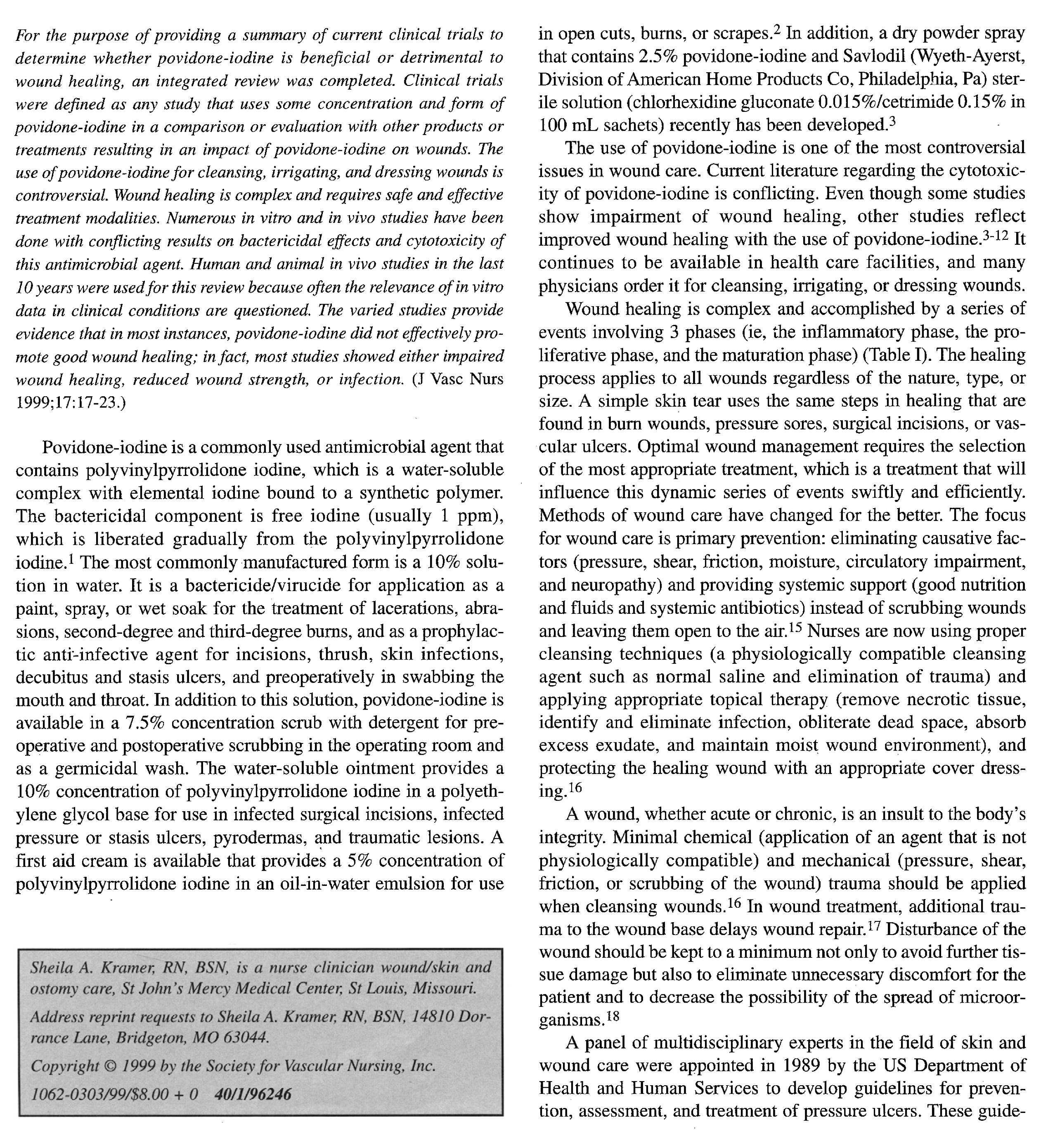
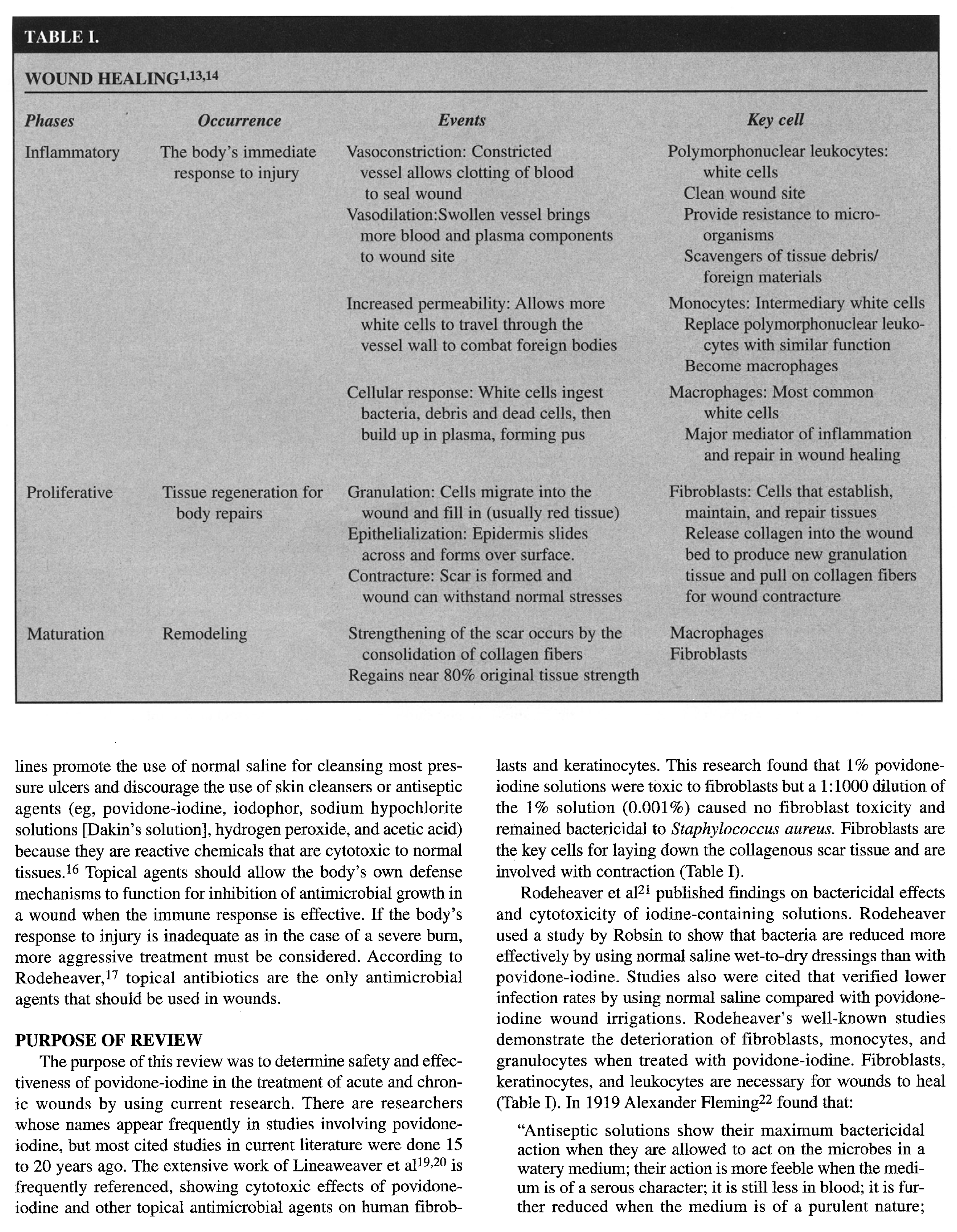
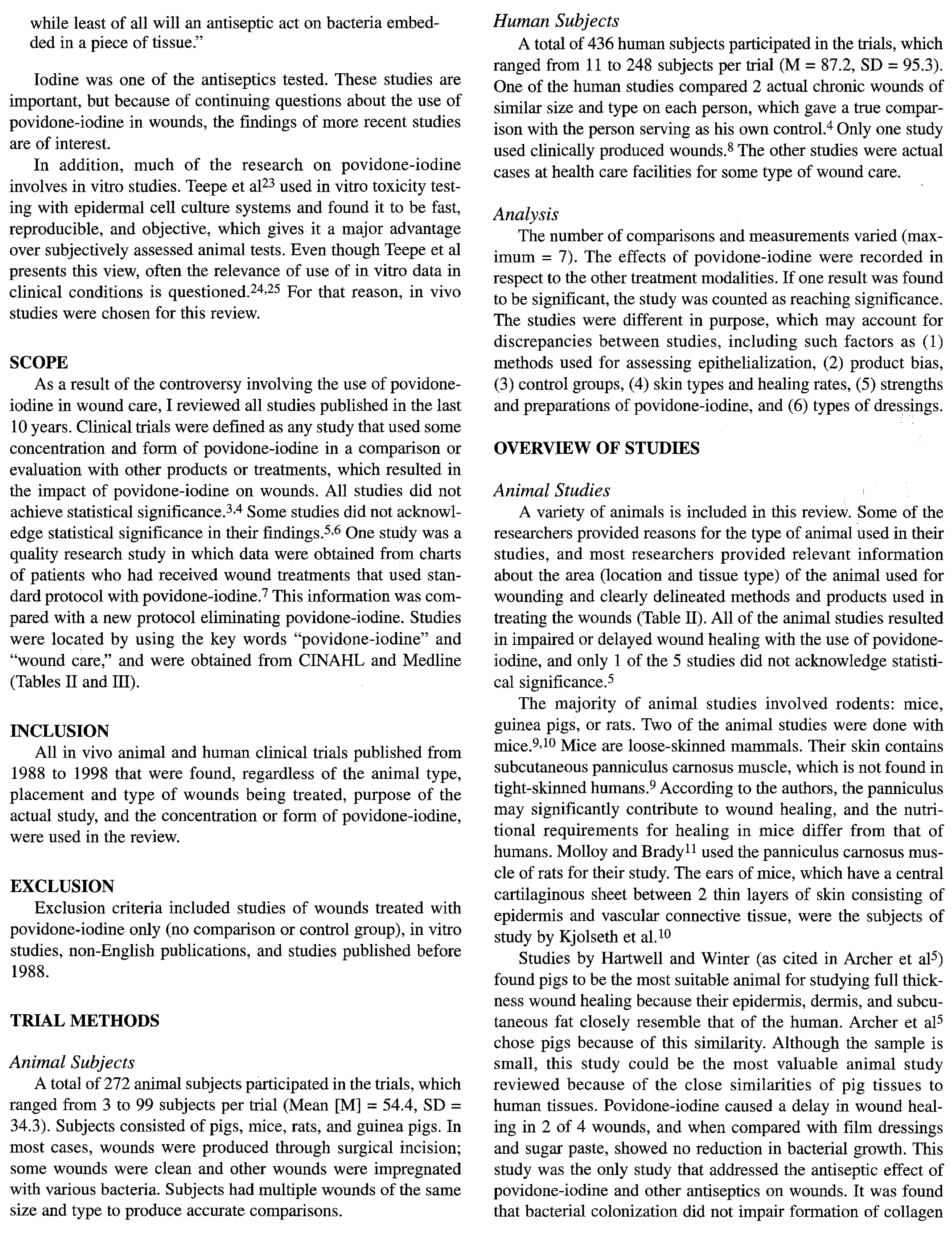
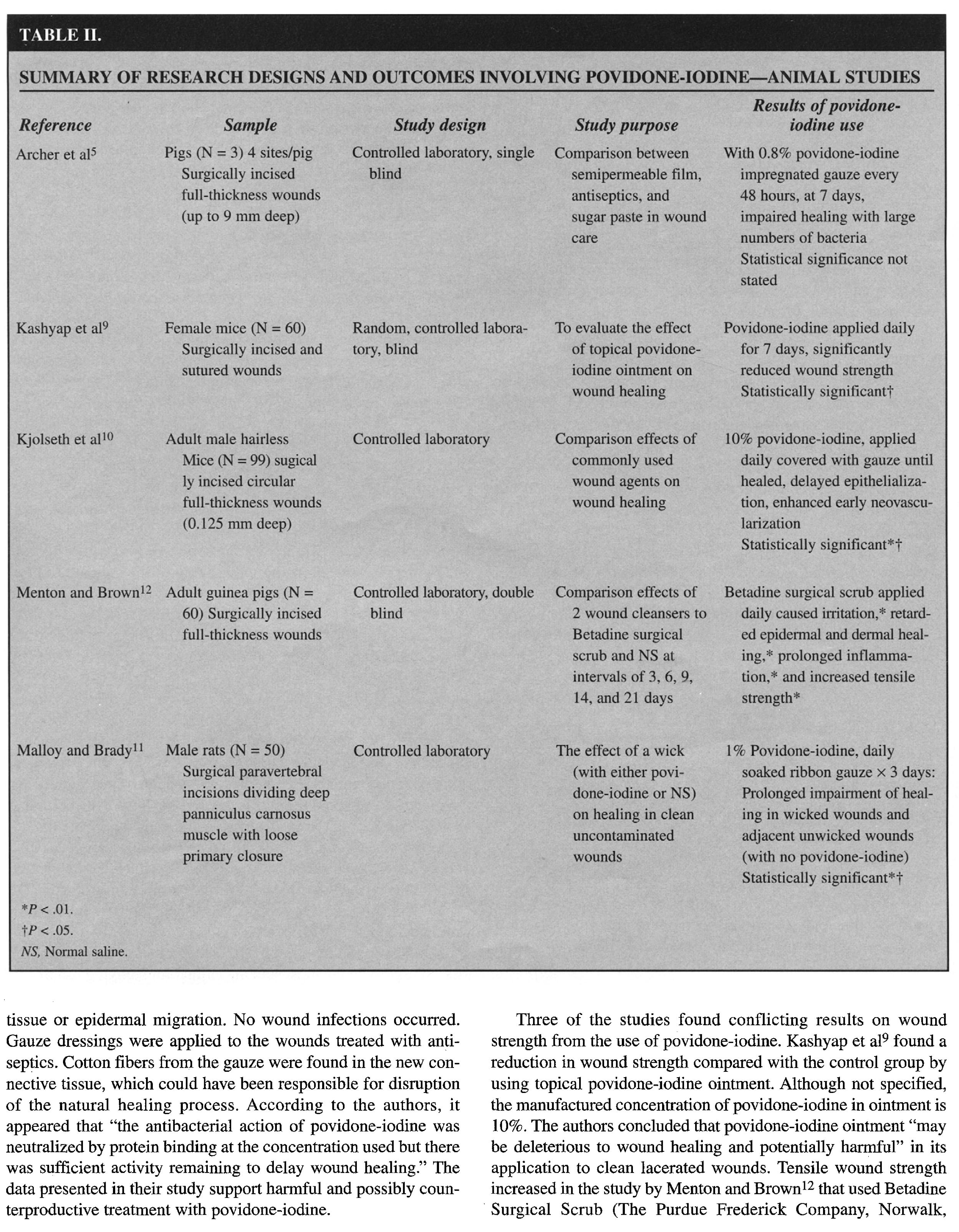
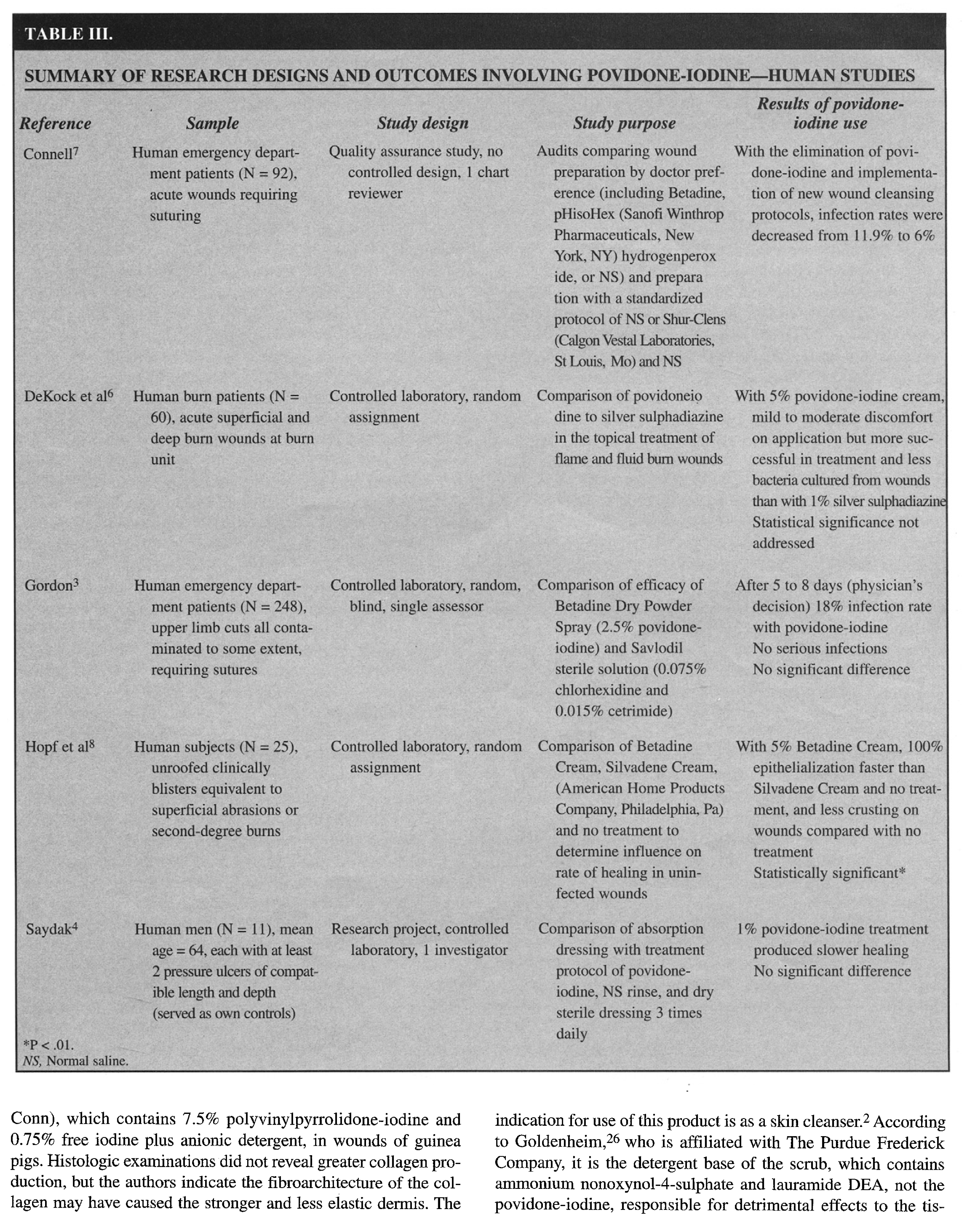
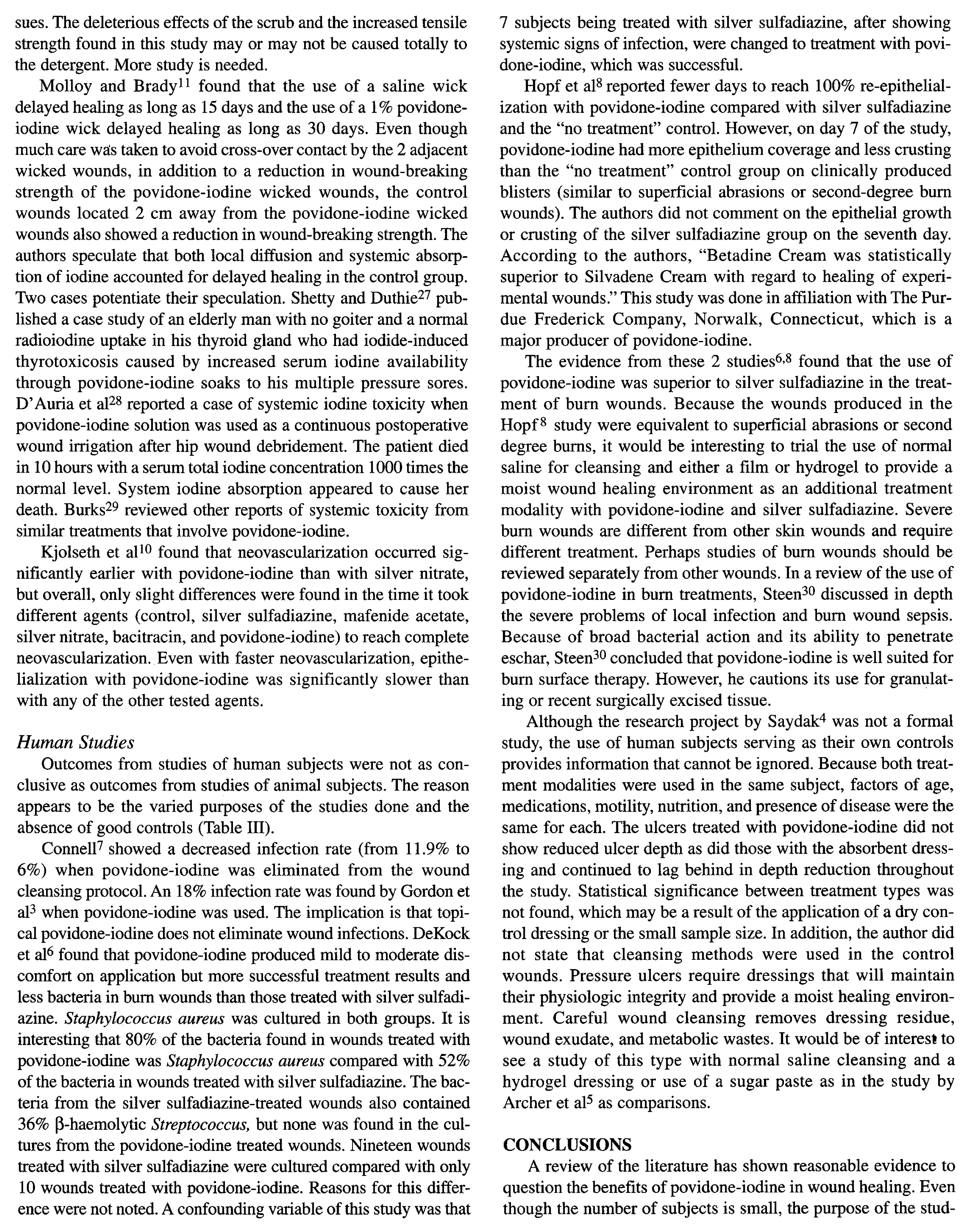
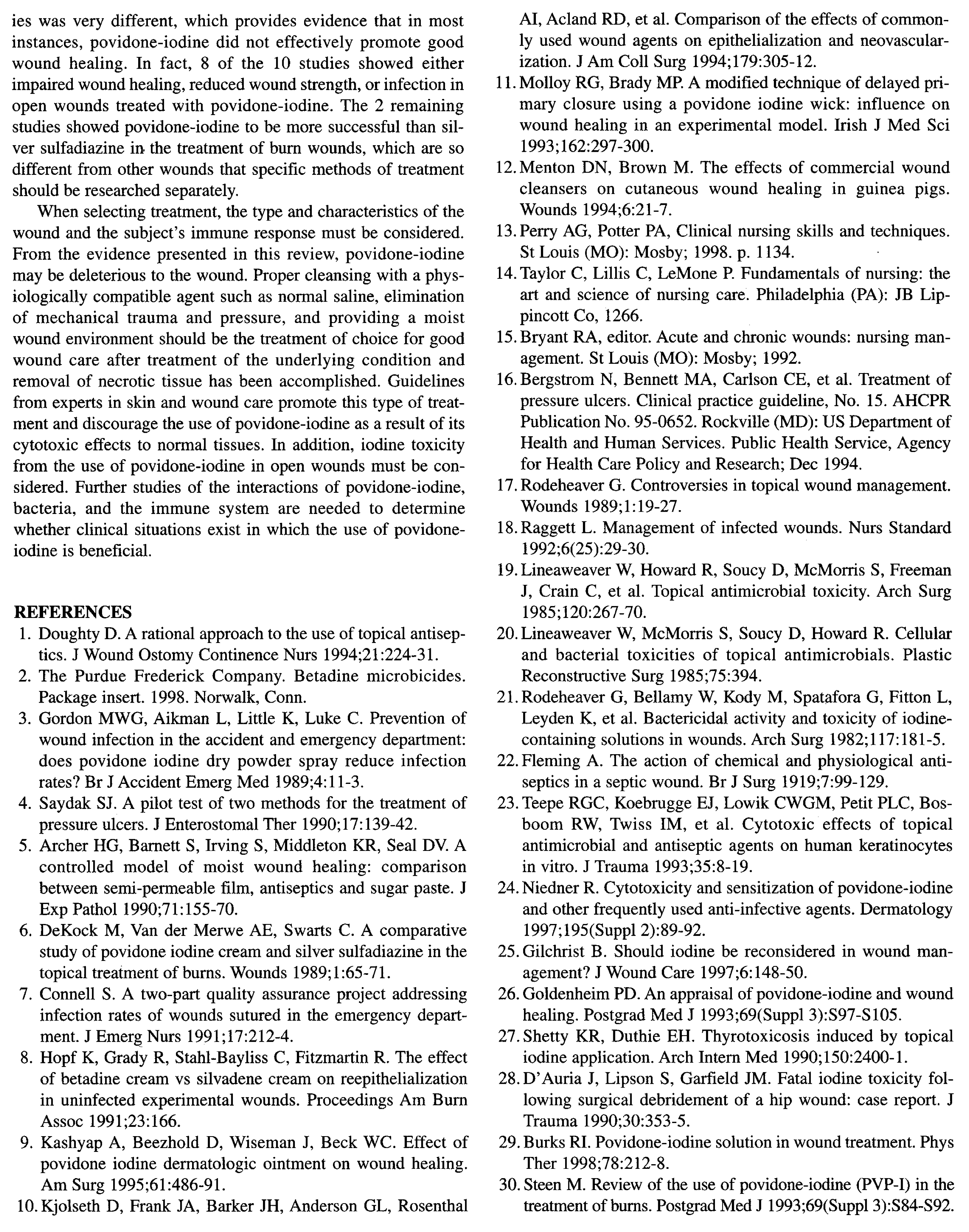



 留言列表
留言列表
 線上藥物查詢
線上藥物查詢 